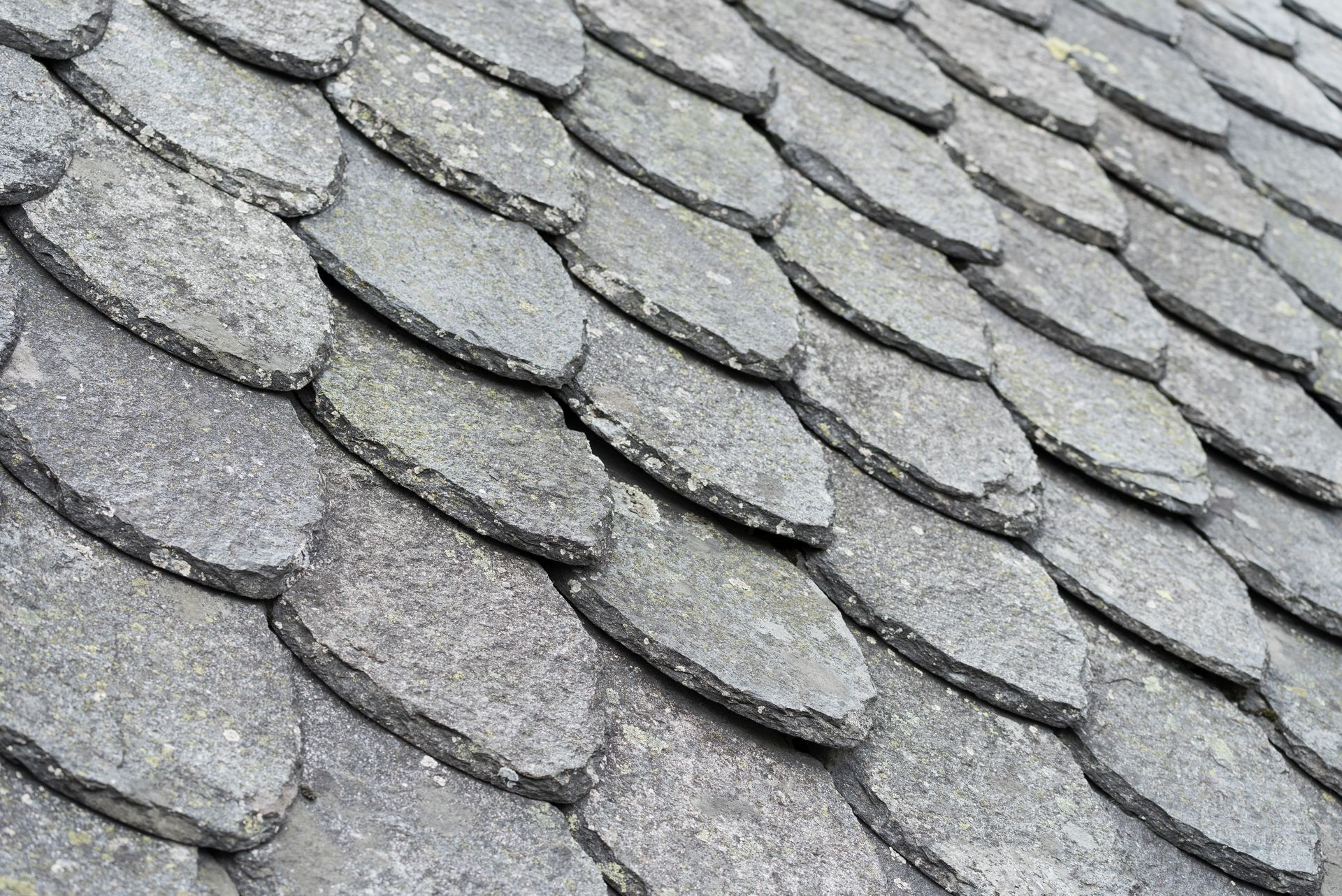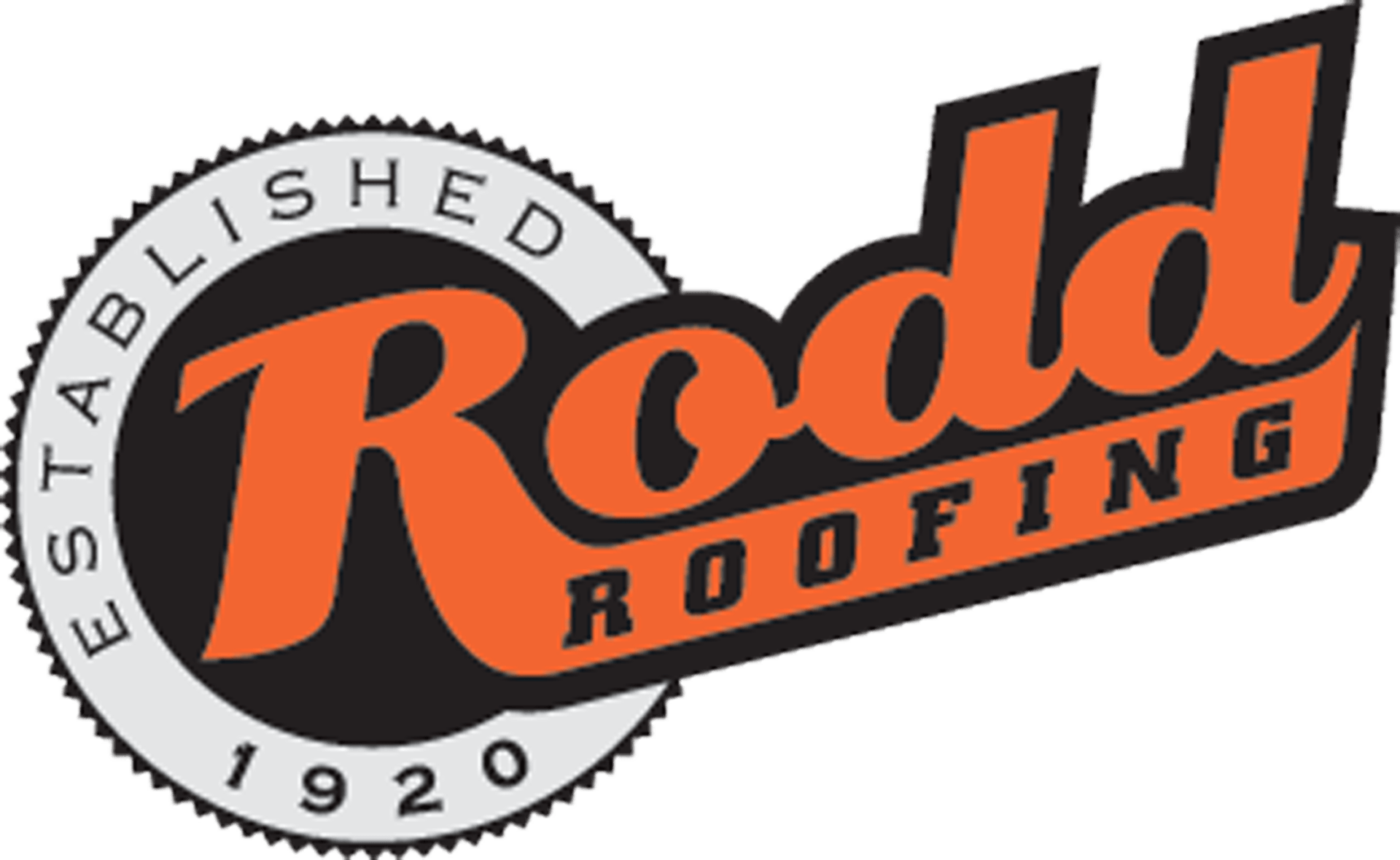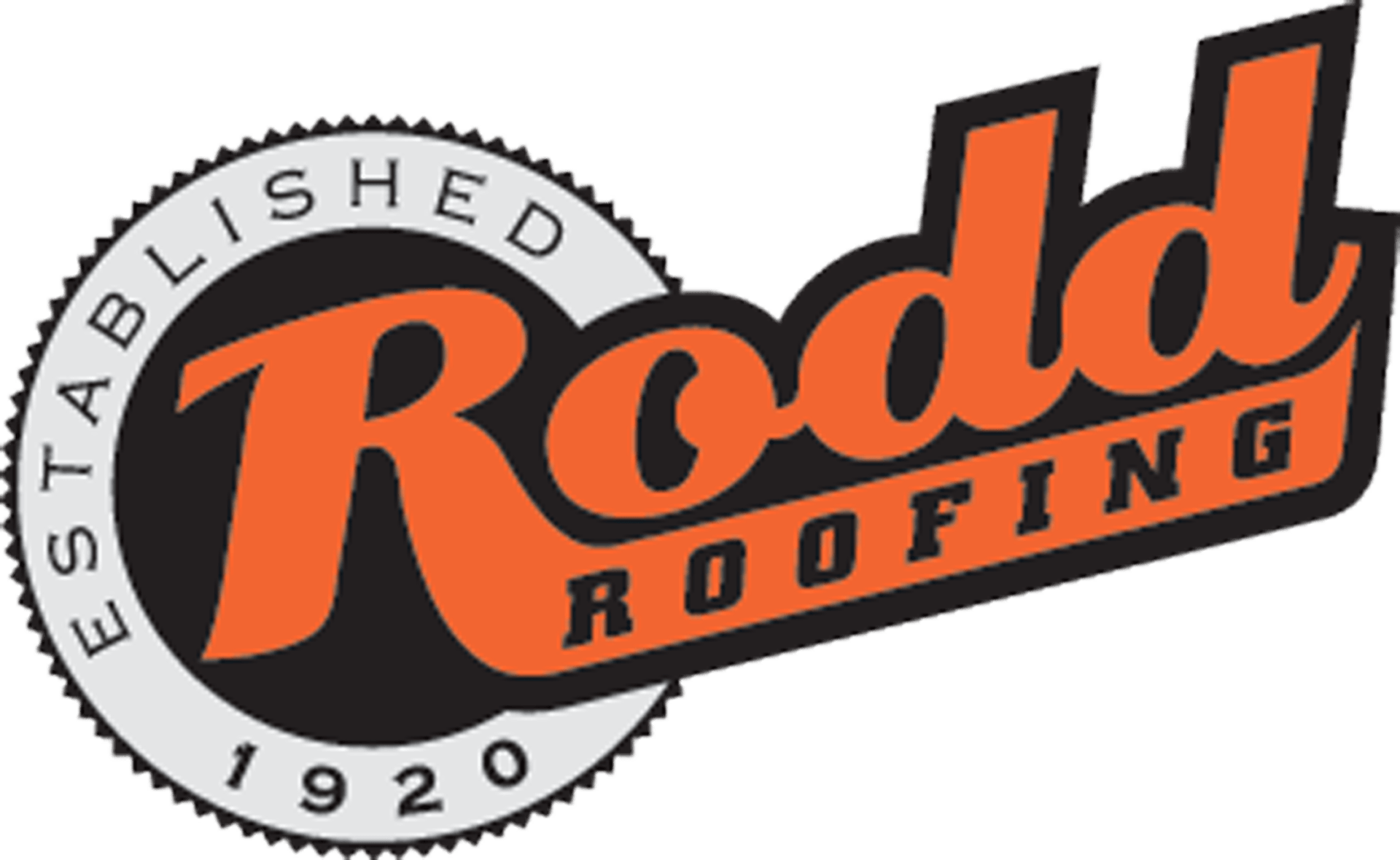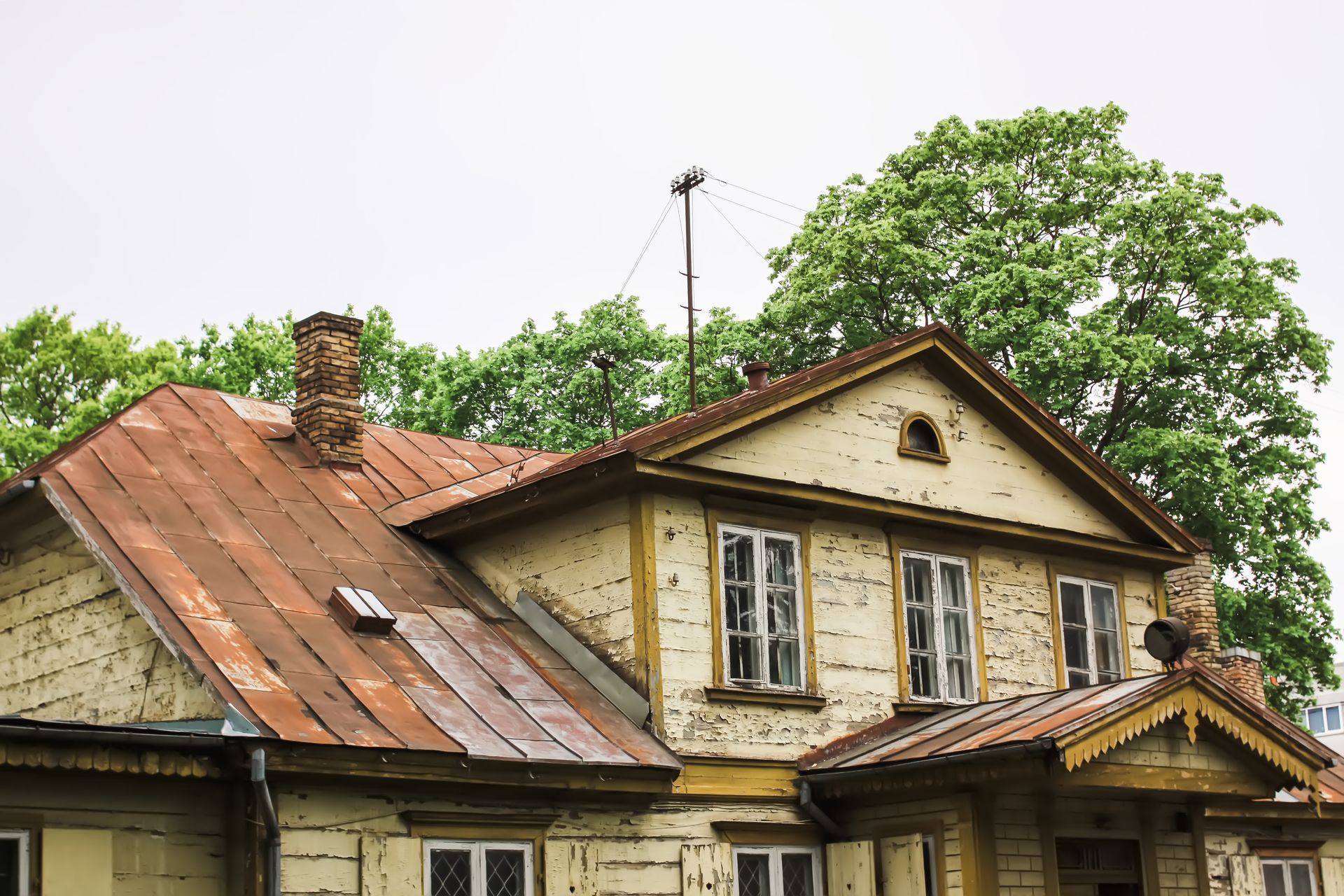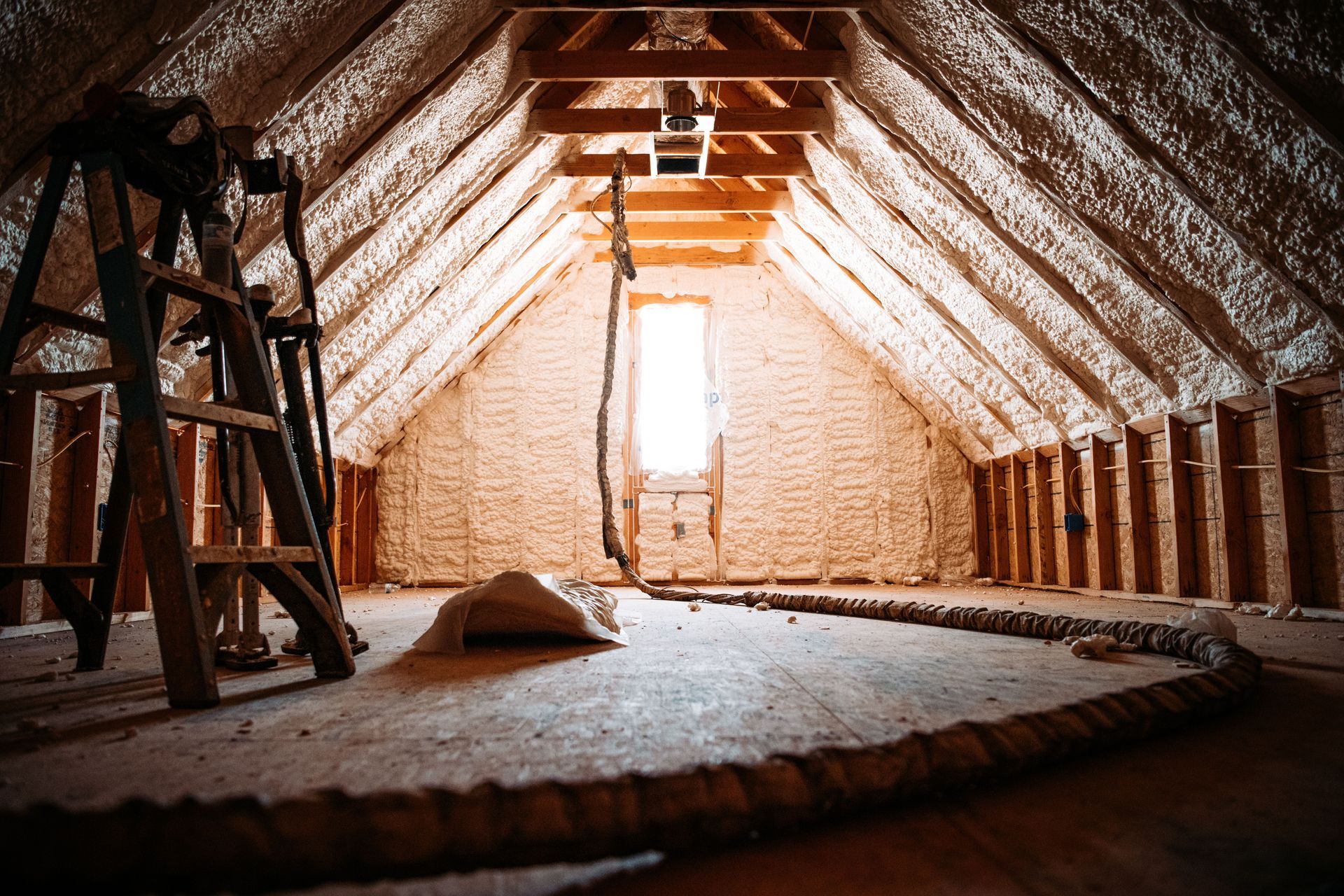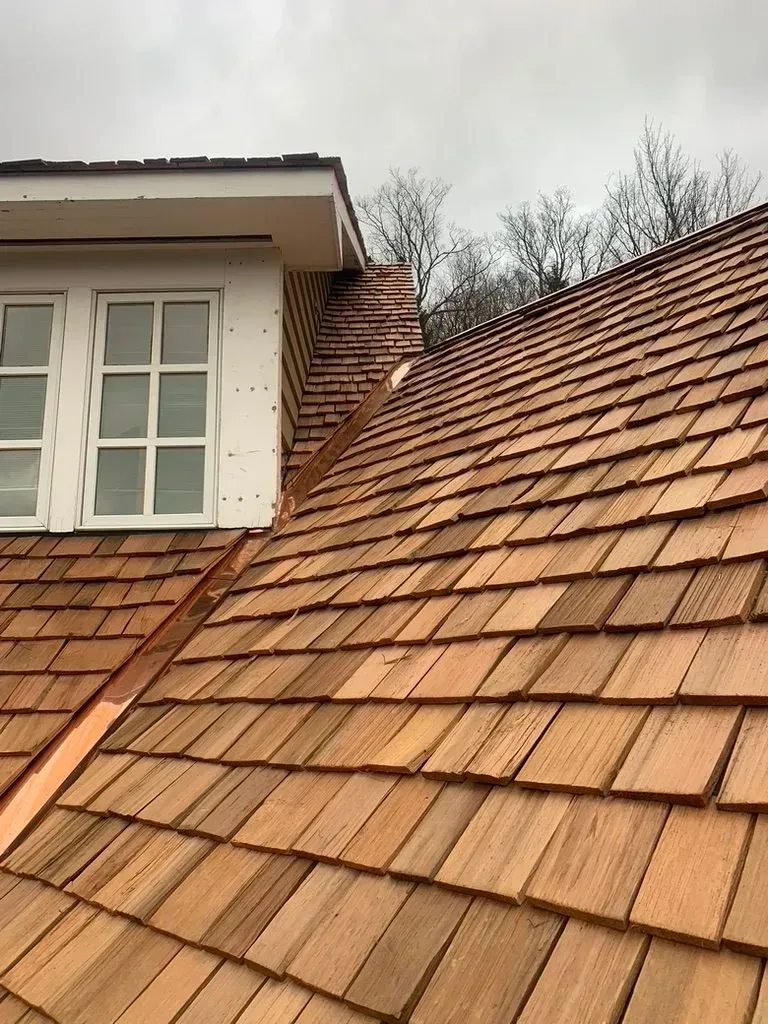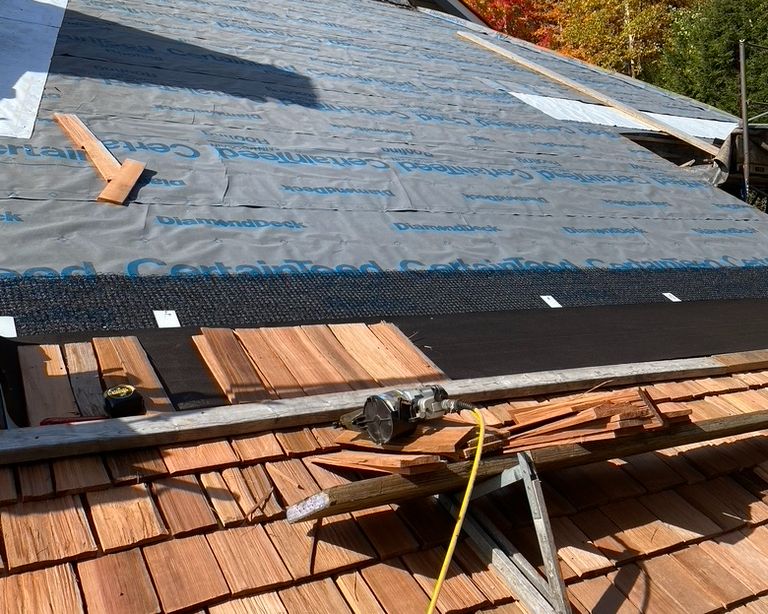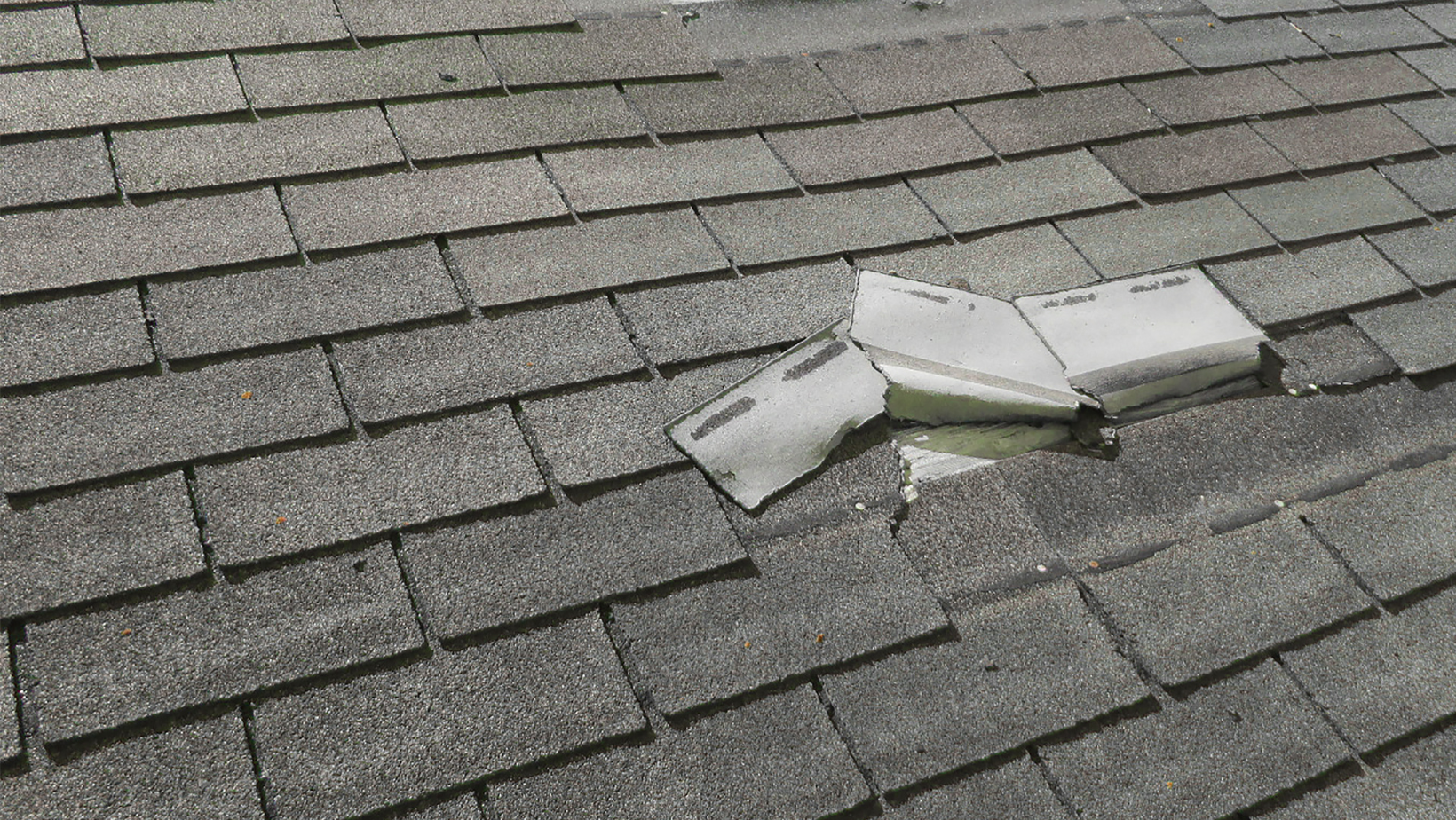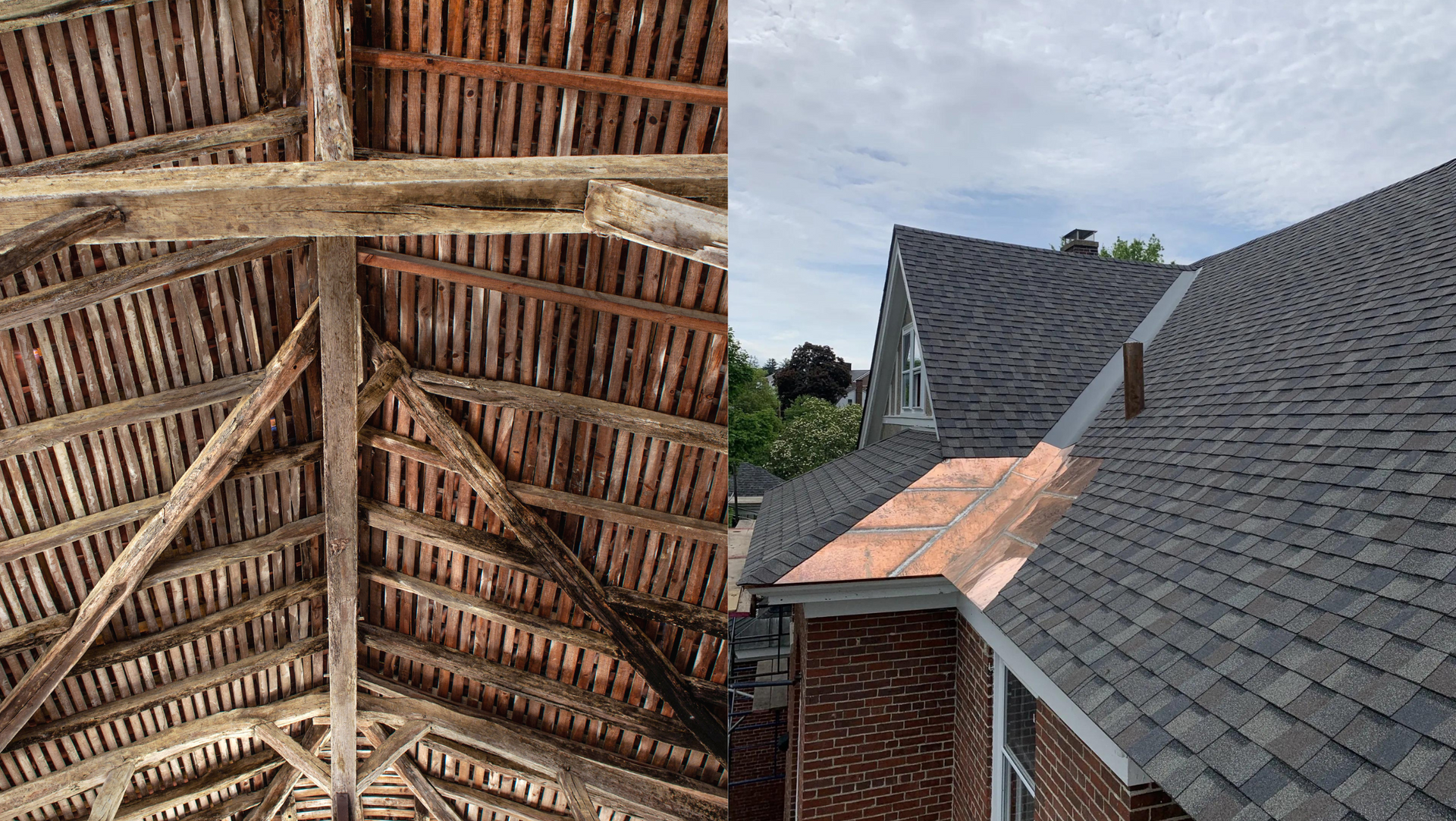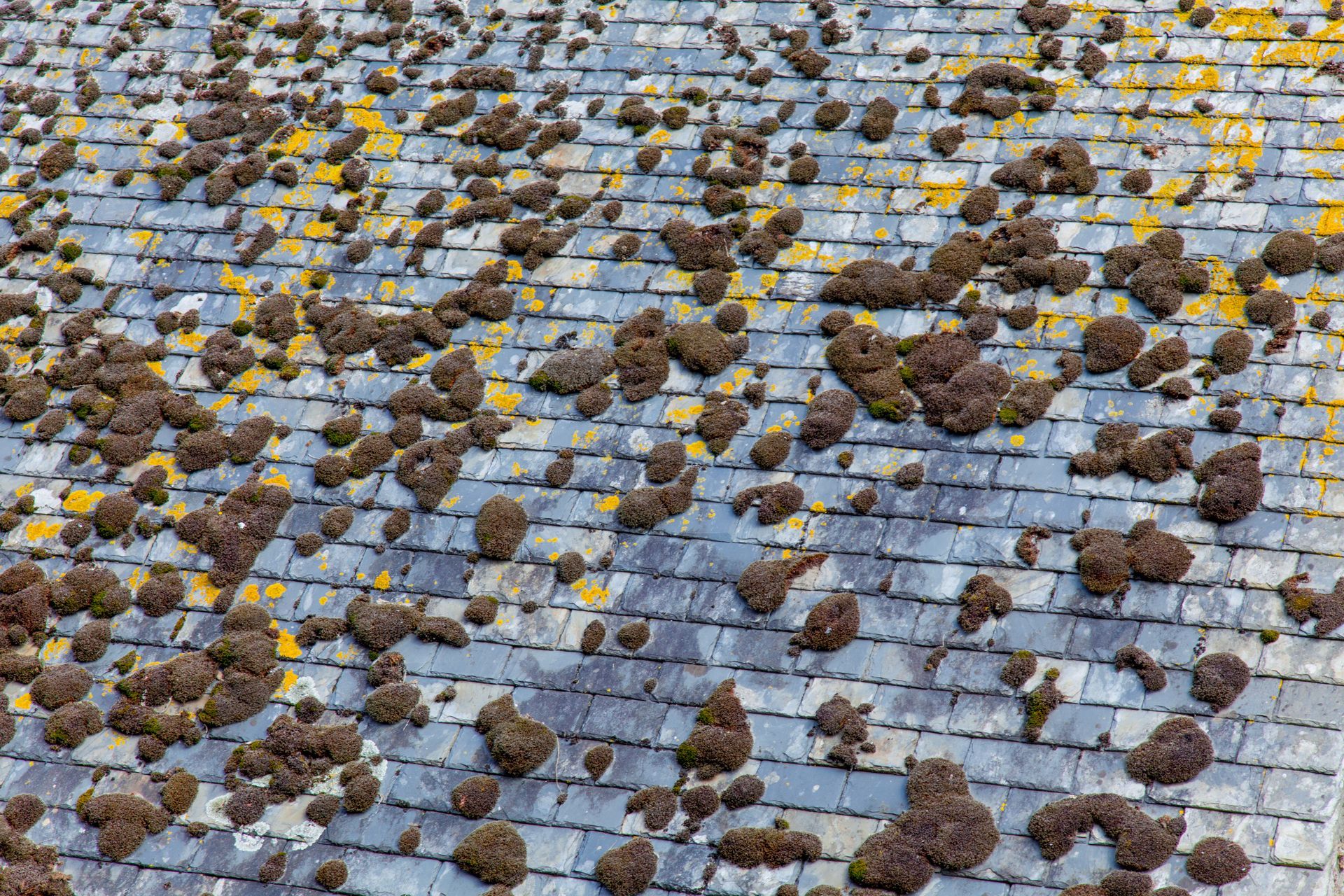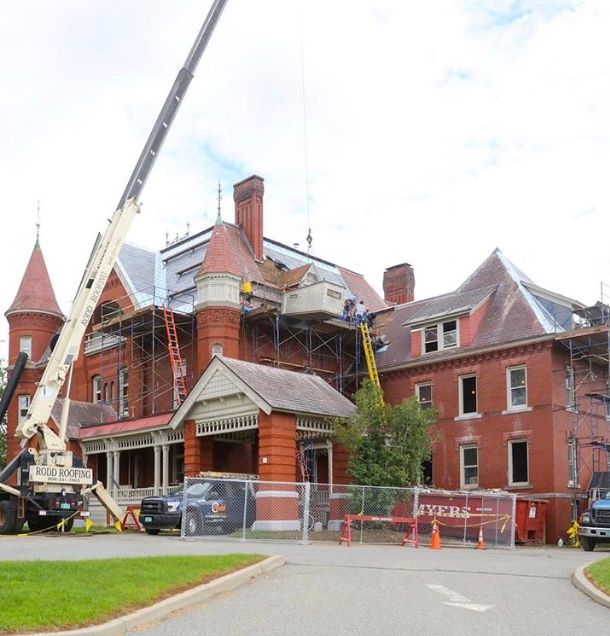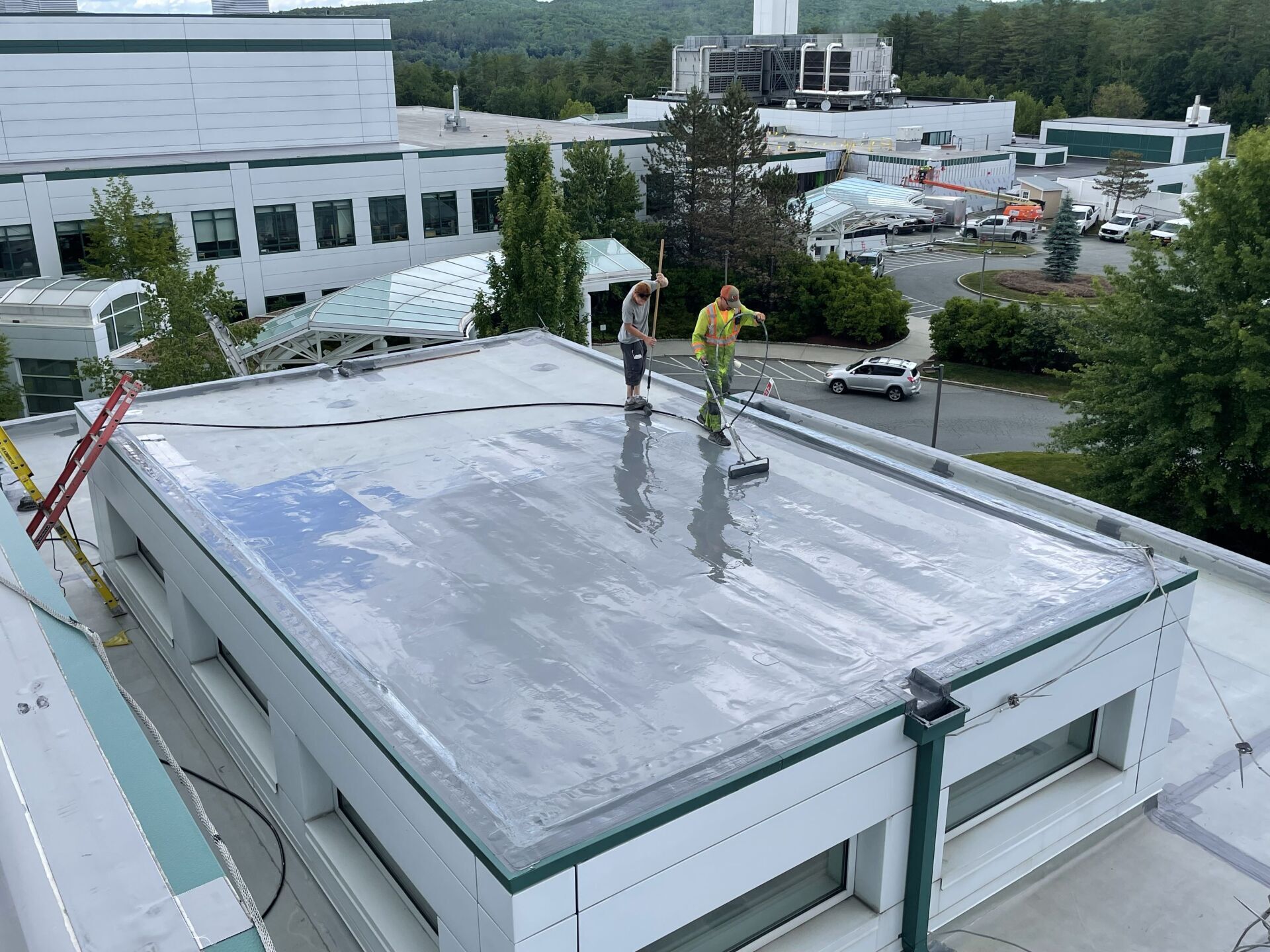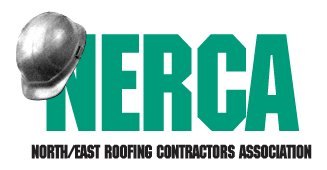How to Prepare Your Commercial Roof for Winter
Prepping Your Commercial Roof for Winter
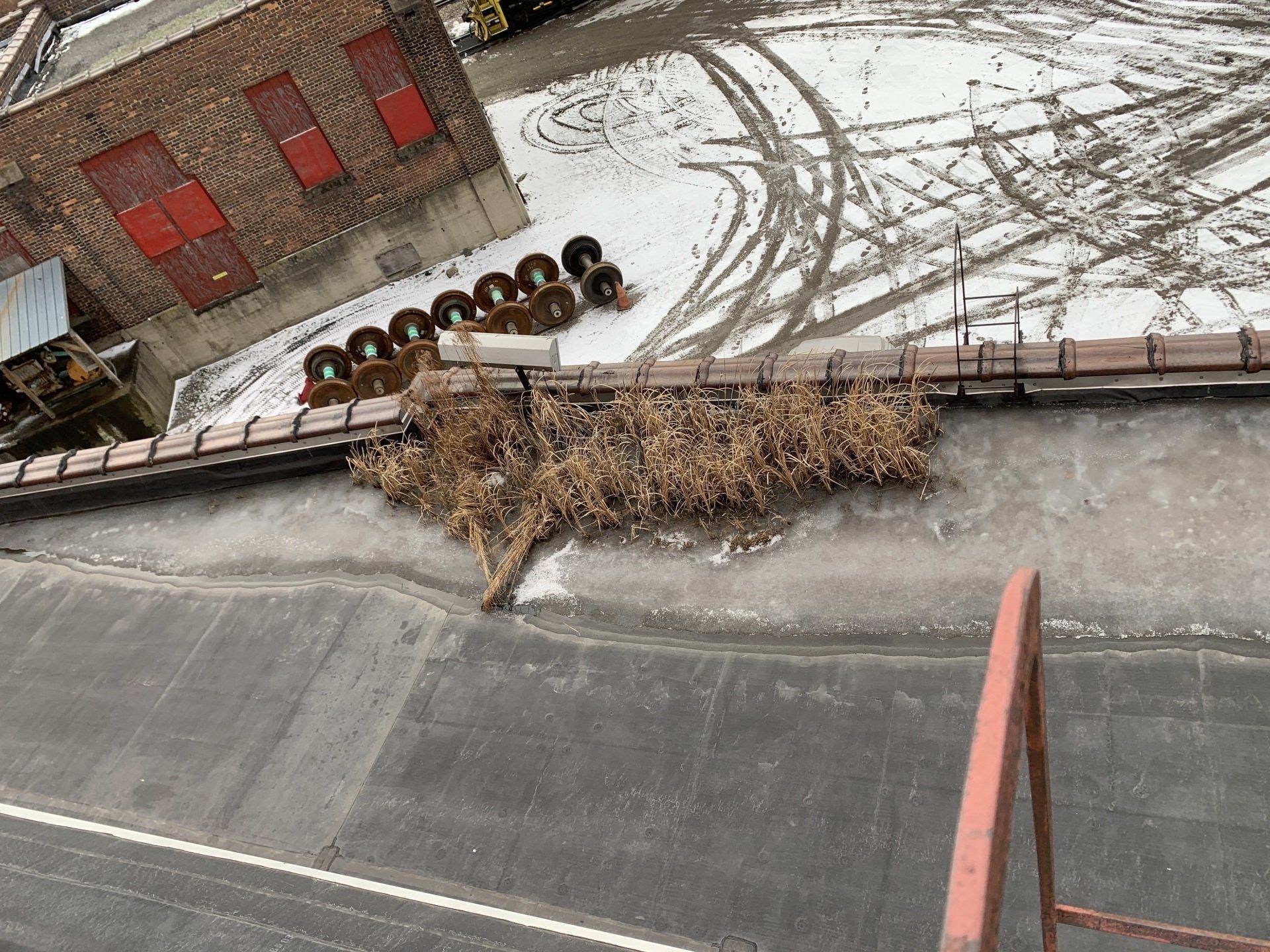
That time of year appears to be approaching again. In the higher elevations, the leaves have already begun to change. In the mornings and evenings, the air has a slight nip to it. You still have time to prepare your commercial roof for winter even though the snow does not start flying until October.
An unprepared business flat roof may experience extreme winter weather. The remainder of your building may be affected by problems that arise on your roof throughout the winter. You should have your roof cleaned and inspected by a qualified commercial roofing professional in the fall, or at the very least before the snow falls, to protect your investment. You should assemble interested parties in the fall, create a snow removal strategy, and approve any necessary roof repairs.
Even though you should employ a professional roofer to get your roof ready for winter, you should still take the time to learn the precautions they should take. You must be able to evaluate professional quotations and make informed inquiries regarding the needs of your particular roof.
How can you be sure your roof was cleaned thoroughly? What elements make up a thorough roof inspection? So that you are ready for conversations with your roofer and are more knowledgeable about the procedures that he or she should take to safeguard your roof, we will address all of your concerns and thoroughly explain every aspect of commercial roof winterization in this guide.
Cleaning Your Commercial Roof
You should ask your roofing expert to clean the rooftop prior to your roof inspection. Debris removal will enable the expert to examine the entire roof. Additionally, cleaning the roof is a crucial step in preventing the growth of rotting, mold, moss, blocked drainage, and other issues over the winter and into the spring.
Your roofing specialist should keep an eye out for indicators of animal infestation while they are cleaning. If animals are accustomed to your rooftop, they can try to take refuge there to escape the cold and cause harm.
Throughout the year, animal waste such as nesting materials, droppings, food scraps, and other debris can cause serious issues for your roof. You should clean these and take actions to deter animals from congregating on your rooftop.
You can get advice on how to stop animals from spending time on the roof from your roofer or a professional who specializes in pest/animals removal. Some actions they might advise are:
- Take away any nesting materials unless the animal is legally protected.
- Seal off any openings that animals could use to enter the structure through the roof.
- Eliminate potential food supplies or nesting materials, such as nuts or leaves, that may have fallen from a nearby tree.
- Removing neighboring trees that raccoons and squirrels use to climb over the roof.
- So that animals don't have access to water sources on the roof, fix ponding and delayed drainage.
There are legal techniques to prevent birds off flat commercial roofs even if bird nests may be legally protected.
The roofing expert should keep an eye out for any evidence of tree damage to your roof while cleaning it. Tree branches that are broken off might harm roofing membranes. A building may be in danger of being struck by falling trees if they are too close to it. Additionally, they might throw extra snow on your roof. You should hire a contractor to remove or trim the trees on your property if you don't want them to cause damage to your roof.
Fall Commercial Roof Inspection
The fall is a great time of year to have your yearly roof inspection completed by a qualified roofer. Finding problems early and addressing them will help prevent your roof's troubles from getting worse over the winter. As melted snow refreezes and expands, tiny gaps in flashing or breaches in membranes may become even larger. If water can refreeze inside of commercial drainage systems, they might likewise be in danger. It makes sense to address issues as soon as they arise to reduce the overall expense of roof care.
Although the entire roof should be examined, a fall commercial roof inspection should focus on the following areas:
- Gutters and downspouts must to be clean and in good shape.
- Debris should not be present in downspouts that internally drain.
- Drainage points ought to be clear of trash, particularly leaf litter.
- Rooftop penetration seals and flashing should be in good shape.
- Membranes ought to be free of ponding, dips, and punctures.
- Debris should not be present in roof ventilation.
- It is important to inspect the entire roof for signs of degradation, weakness, and damage.
Repair Your Roof Before Winter
Can you fix a flat roof in the winter? Yes. But waiting till then to make repairs is not ideal. Winter repairs are not suitable for a variety of reasons, including:
- The inconvenience of winter maintenance is greater for building users and residents.
- Snow and cold weather make working more hazardous for roofers.
- Keeping many roofing materials warm before or during installation is necessary.
- Roofers must lay down markers to indicate the locations of skylights, equipment, and other roof elements because snow may conceal roof risks.
Due to the increased workload, roofers could have to raise their winter repair prices.
Winter can make any problems with your roof worse, which is another strong reason to get them fixed right now. For instance, melting snow on a roof might exacerbate leaks. Refreezing that water can cause gaps in roofing membranes to widen. Before melted snow collects in them and exacerbates the issue in the spring, it is advisable to address any dips or low places in the roof that contribute to ponding. The springtime will exacerbate any drainage issues. In other words, the ideal time to remedy a roof issue is right away.
Create a Snow Removal Plan
If you live in a cold region, you might need to clear snow from your business flat roof a few times throughout the course of the winter. Numerous problems with the roof and the rest of the building might result from snow accumulation on the roof. However, poor or hurried snow removal might harm the roof membranes. It is best to prepare ahead and inform your snow removal service of your intentions before deciding when to remove snow from a flat roof.
Installing elements to protect the roof from snow as part of your snow plan may include:
- Wind Baffles: Snow ingestion could harm ventilation and drainage systems, thus use wind baffles. Snow that they take in can melt and refreeze, putting pressure on the pipes and perhaps spilling into the structure. Or snow may block air vents, rendering them inoperable. In order to avoid snow ingestion, wind baffles should be constructed on these roof penetrations.
- Snow guards: Although they are more frequently employed on metal roofs, snow guards can also be utilized on flat roofs. Snow guards can be used to efficiently protect roof features from drifting snow carried by the wind.
If your roofer suggests that you add any snow-protective elements, ask them to explain why. If you do require these features, install them in the fall so that they will work throughout the winter, even in the event of an early snowfall.
